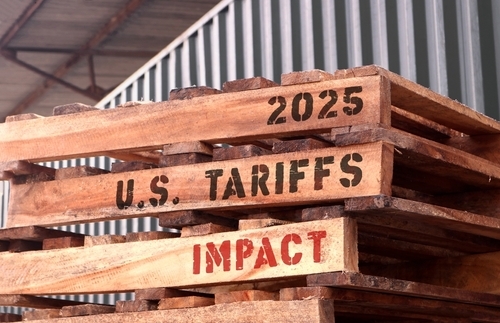It’s a mantra that’s been repeated in a number of sessions: If you’re going to buy a sponsorship, you better save some cash to activate it.
Coca-Cola learned that tough lesson a few years back when it bought a NASCAR race sponsorship but didn’t follow through. As title sponsor of The Coca-Cola 600 at Lowe’s Motor Speedway in Charlotte, Coca-Cola made its presence known only with banners and its logo painted on the infield. An exit poll found that 30% of fans leaving the racetrack that day did not know who the sponsor was, IEG senior VP Jim Andrews recalled yesterday.
Coke had entered NASCAR’s oval to counter Pepsi’s sponsorship as the official soft drink with the circuit.
“That was years ago, but Coca-Cola realized that a combination of title sponsorship and activation is needed to make it worth the investment,” Andrews said. “Now Coca-Cola does a great job with activation.”
As Andrews pointed out, banners get forgotten. They become a part of the background, like wallpaper. He said that successful sponsorships share the same characteristics: budgeting for activation up front; the understanding of the importance of activation; knowledge of which promotions are relevant to the sponsorship; the ability to build experiential marketing into the program; and the ability to refresh the program annually.
He said that a sponsor not doing that is like a homeowner buying a house at the top end of its affordable price range, and not having enough money to furnish it.
“Sponsorship will not work without activation,” Andrews said. “It’s like buying a car without an engine, or like buying Christmas toys without the batteries. When you buy a sponsorship, you’re really buying the rights to spend more money.”
According to a study done this year for IEG by Performance Research, the average brand now spends $1.30 in activation for every dollar’s worth of sponsorship. An equal ratio between activation and sponsorship was spent by 46% of those polled, while 23% said they spent less.
“You need to spend dollar for dollar in activation if you want to see any kind of return on your investment,” Andrews said. “A lot of times there isn’t enough planning and research done by the sponsor. They pay a fee for the property and then try to find out what to do with it.”
 Network
Network

